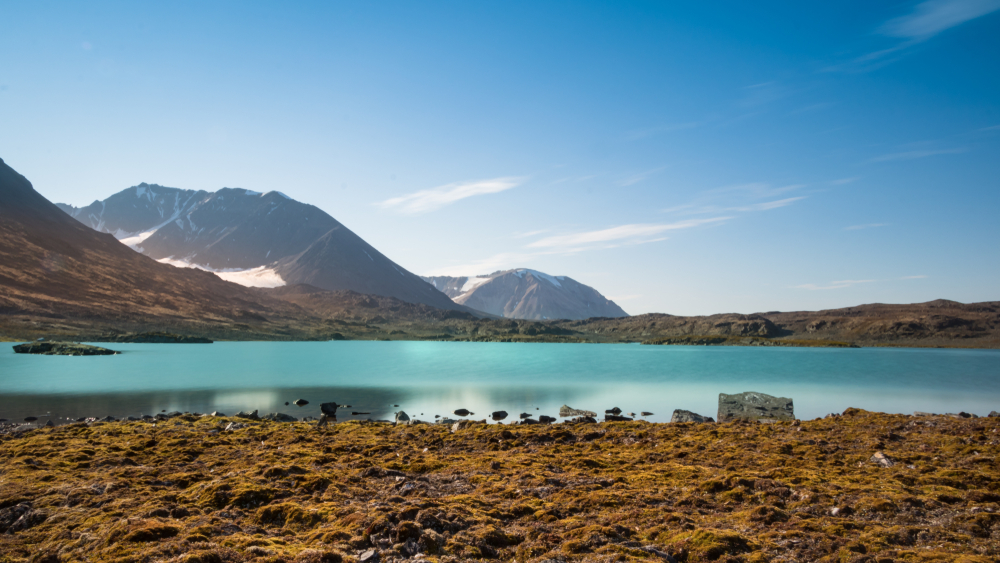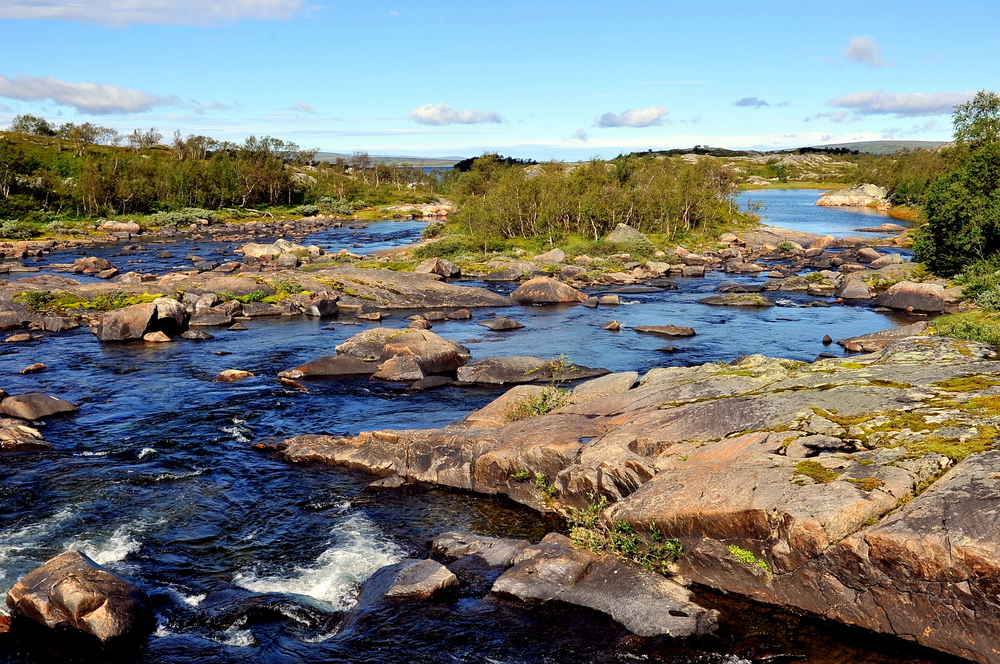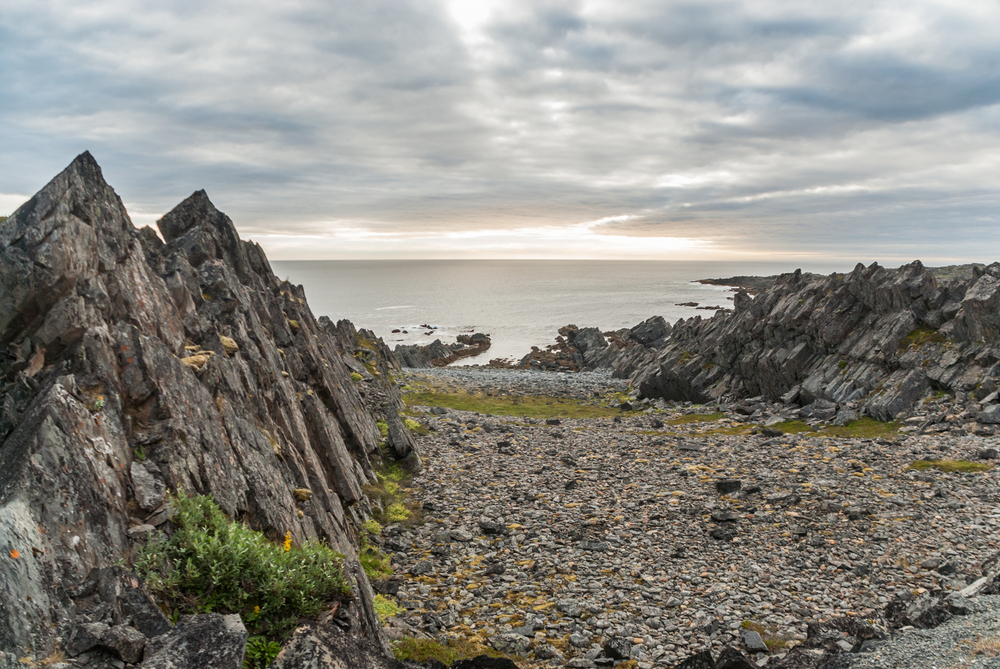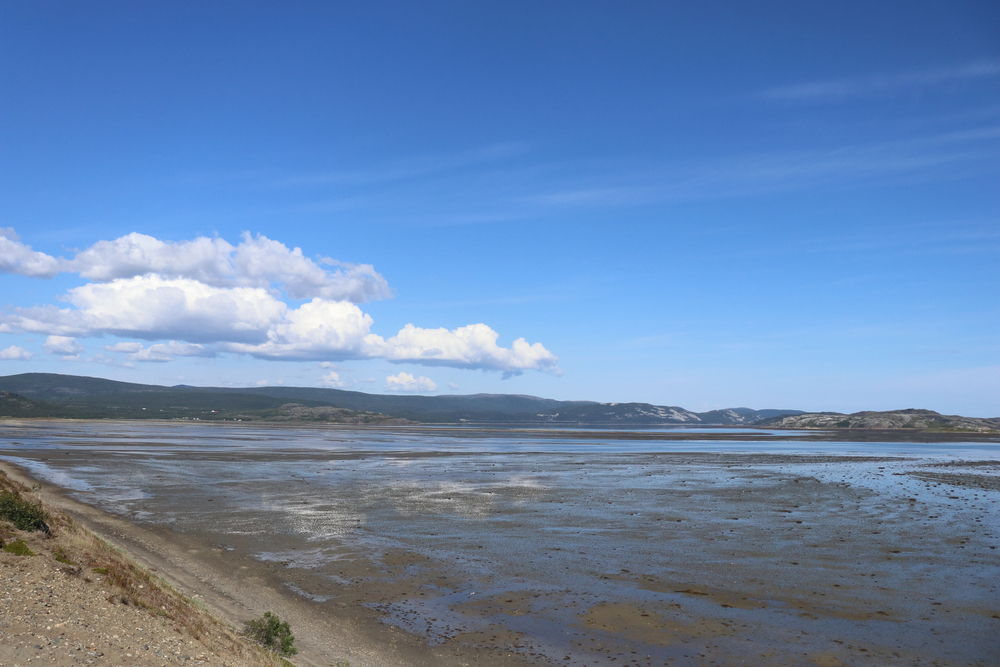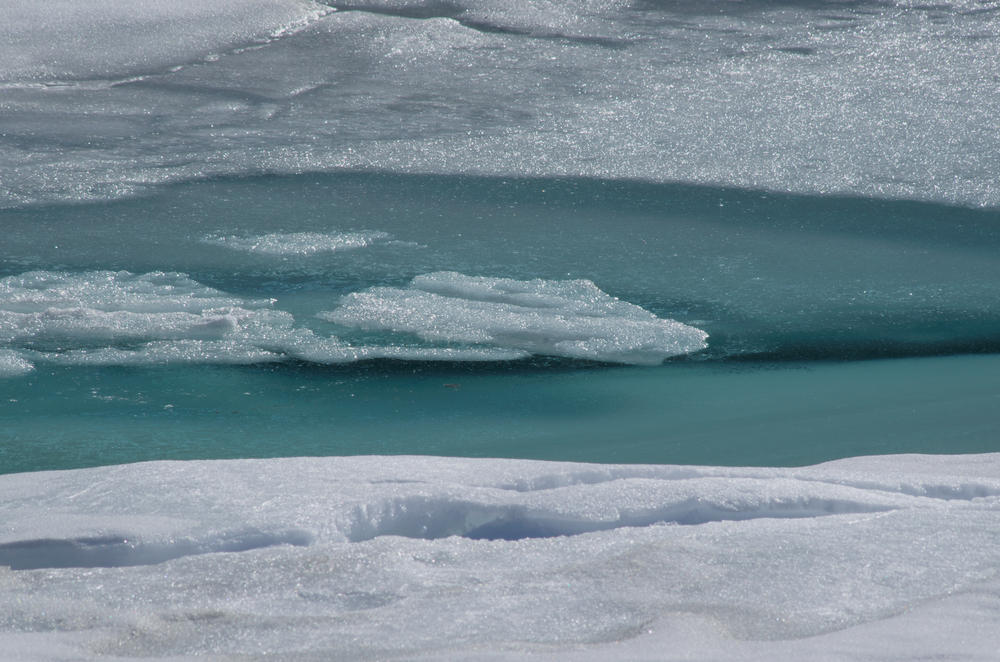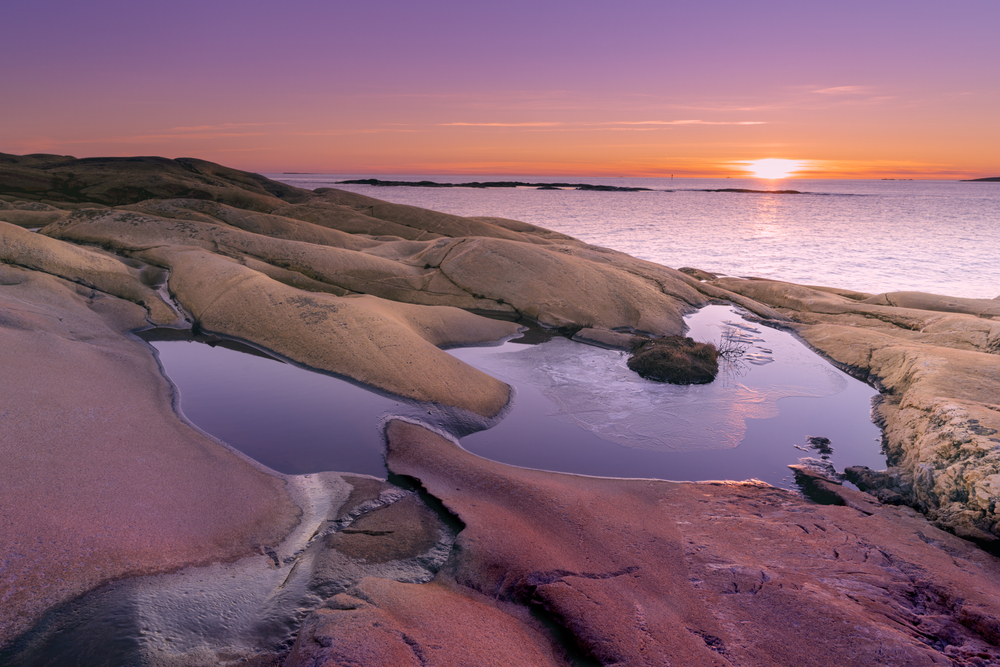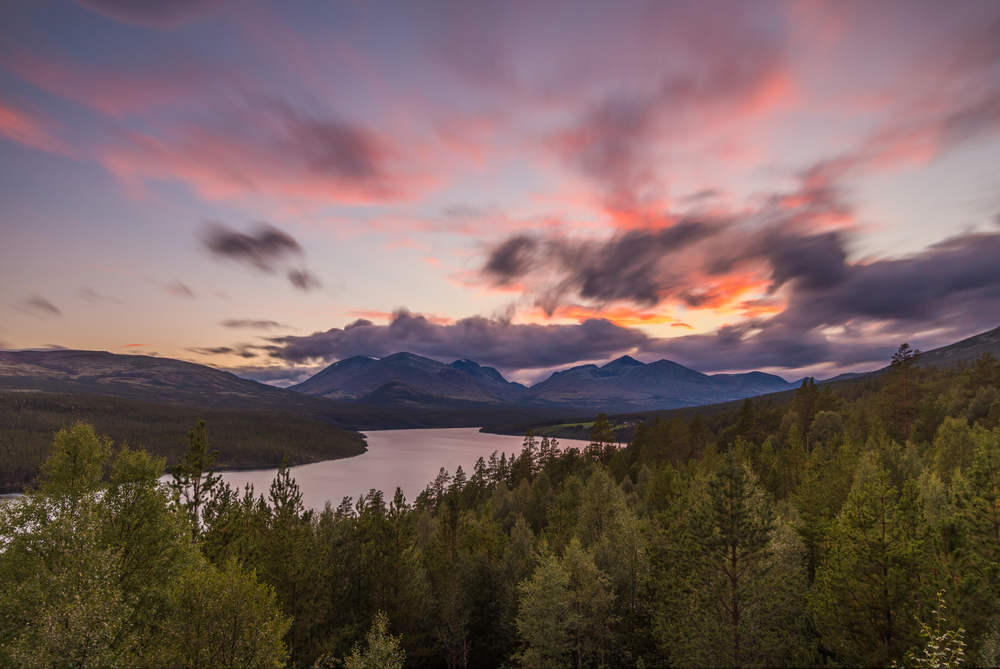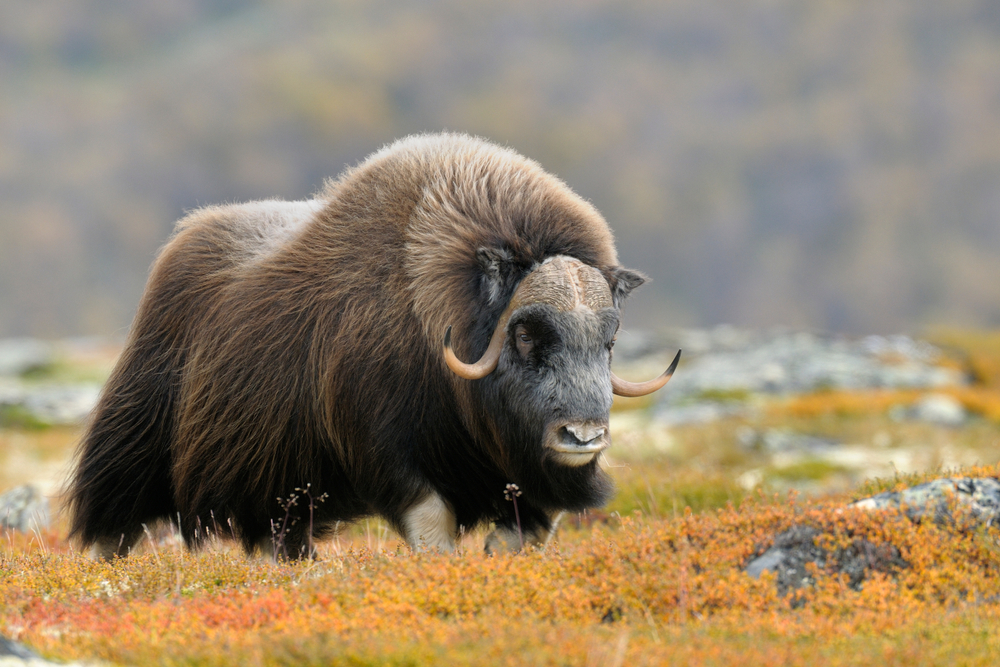Nordvest-Spitsbergen Overview
Nordvest-Spitsbergen National Park, located in the Svalbard archipelago of Norway, spans an area of approximately 3,807 square miles (9,860 square kilometers). This remote and rugged Arctic wilderness is situated in the northwestern region of Spitsbergen, the largest island in the Svalbard group.
Known for its dramatic polar landscapes and icy terrain, the park is a remarkable representation of the Arctic’s raw beauty. The park’s terrain is dominated by towering mountain ranges, expansive glaciers, and deep fjords, with notable features including the stunning Kongsfjorden and the imposing Lilliehöök Glacier.
Many of the park’s mountains, such as Hornemanntoppen and Magdalenefjorden, rise sharply from the sea, creating breathtaking scenery that is characteristic of this high-latitude environment. The coastline is rugged and irregular, with steep cliffs and ice-filled bays, where icebergs frequently drift. Tundra vegetation is sparse but resilient, with mosses, lichens, and Arctic flowers like purple saxifrage and Arctic poppies thriving in the brief summer months when the sun never sets.
The park’s harsh yet pristine environment is home to a diverse range of Arctic wildlife. It is an important habitat for the polar bear, the apex predator of the Arctic, which roams across the ice in search of seals. Walruses are often spotted resting on the ice or along the shores, while the frigid waters surrounding the park support populations of ringed seals, bearded seals, and beluga whales.
Svalbard reindeer, a smaller and more compact subspecies, graze on the sparse vegetation, and Arctic foxes can be seen scurrying across the tundra. The park is also a haven for seabirds, with large colonies of little auks, black-legged kittiwakes, and Brünnich’s guillemots nesting along the cliffs.
The rare ivory gull and Arctic skua are also occasionally observed, adding to the region’s avian diversity. During the summer, the park becomes an essential breeding ground for migratory birds that take advantage of the abundance of marine life.
Visitors to Nordvest-Spitsbergen National Park can experience its untouched wilderness through boat tours, which offer an opportunity to navigate the park’s fjords and see its glaciers up close. Kayaking through the icy waters provides a more intimate way to explore the rugged coastline, while guided hikes allow travelers to traverse the stark tundra landscape.
Some expeditions focus on the region’s history, as the park contains remnants of early whaling stations and abandoned mining settlements, which provide insight into Svalbard’s past human activity. The park’s remoteness and strict environmental protections ensure that tourism remains low-impact, with most visits occurring on guided tours led by experts in Arctic ecology.
Nordvest-Spitsbergen National Park faces conservation challenges primarily related to climate change, which is affecting the stability of its glaciers and the sea ice critical for wildlife like polar bears. Rising temperatures are altering the Arctic ecosystem, impacting food availability and migration patterns.
However, Norway has taken significant steps in conservation management, enforcing strict regulations to protect the park’s delicate environment and wildlife. Scientific research is also conducted to monitor the effects of climate change and human activities on this fragile ecosystem.
By maintaining its status as a protected area and limiting human impact, Nordvest-Spitsbergen National Park remains one of the most well-preserved Arctic wilderness areas in the world.








































































